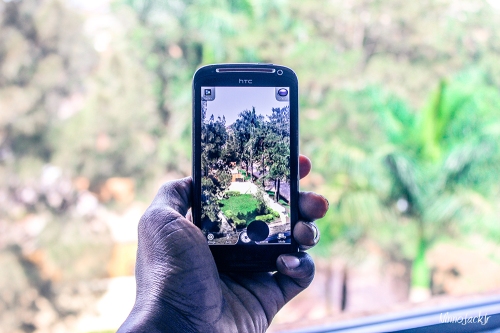
Money for airtime has inevitably crept into the budgets of 19.5 million Ugandans that subscribe to various telecom companies in this country. But the question is, can airtime purchase data tell us about vulnerability to poverty?
As the United Nations sits next week to launch the Sustainable Development Goals (SDGs),private and public partners are rolling up their sleeves to see how these goals can be achieved. As the curators of the SDGs hope that nobody will be left behind, every piece in the puzzle will count.
According to the UN Resident Coordinator in Uganda, Ms. Ahunna Eziakonwa-Onochie , “A data revolution is underway in Uganda. New technologies are leading to an exponential increase in the volume and types of data available, creating unprecedented possibilities for planning, measuring and achieving the new Sustainable Development Goals (SDGs) and Uganda can become a champion of data analytics using and leveraging data to create business opportunities.”
To that effect, Pulse Lab Kampala is working with Airtel Uganda for real time analysis to leverage telecom data that will deal with various development issues in emerging economies. One of the proxy indicators of poverty is airtime and service fee for owned mobile phones.
The project hopes to work through providing insight to support smarter service delivery, real-time trend monitoring for adaptive course correction of data, informing predictive analysis for implementation, identify imaging crisis with data visualizations and give a platform for public private sector partnerships to work together towards achieving the sustainable development goals.
For instance, Airtel has nine million subscribers whose information they can use to tell which village “has more Arsenal supporters over Chelsea supporters.” Airtel has instead decided to use this information for not only for business opportunities but also to support the development works to tell if for example people in Bundibugyo have used less airtime compared to those in Masindi, then the analysis will conclude that the levels of poverty are higher in Bundibugyo for appropriate interventions.
Sounds like a great tool to analyze data, but what about when there are promotions by telecom companies in a certain area and consumption is higher? How about those that are earning transfer payments such as students? How about those who are excited about their new phone and cannot stop calling all their relatives? How will this tool discriminate the data in terms of gender and age? If in Bundibugyo, the subscribers people used less airtime, how many are female how many are male? and in what age groups so as to address issues such as maternal health that are unique to women?
The good news is that the Pulse Lab Kampala is there to see how all these questions are answered as the tool evolves. I cannot deny that this lab is a great initiative which government agencies such as the National Development Authority will most definitely benefit from as they implement the Uganda’s National Development plan and the Sustainable Development Goals.
The question was not answered!
LikeLike
It was more of a rhetoric question. It is a tool that is being tested. What do you think?
LikeLike
Reblogged this on Uganda Youth Network (UYONET).
LikeLike